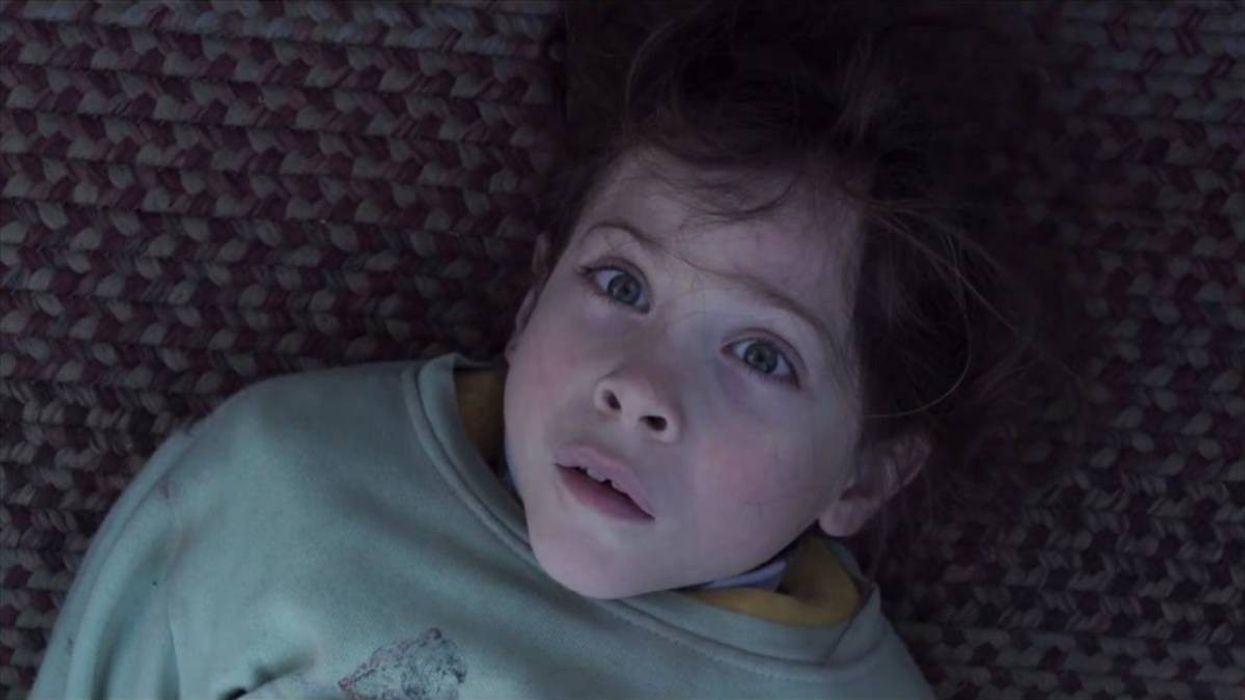Watch: How Filmmakers Make Emotions Visual
A filmmaker's biggest task is figuring out how to use images to communicate emotions. How do they do this?

Though it might seem like a bit of a cryptic concept, communicating emotions through visuals is relatively straightforward. There are a number of elements in filmmaking that do the job, and in this video from CineFix we get to learn what they are, as well as how some of our greatest filmmakers, like Alfonso Cuarón, Steve McQueen, and Frank Darabont, combined them to produce some of the most effectively moving and emotional scenes in cinematic history.
So, how do you communicate emotion in a film? Well, there are a few quick and dirty tricks that you can use that are not very subtle, like using an overly dramatic song, shooting something in slow motion, or having an actor explicitly express an extreme emotion by crying, screaming, etc. (That was the longest alliteration I've ever written by accident.)
But what the video teaches us is that by combining different elements, like sound, performances, cinematography, and story, in just the right way, you can evoke intense and lasting emotional responses from your audience that will help them connect to the experiences of your characters.
Take this scene from Lenny Abrahamson's Academy Award-nominated Room. Ma's (Brie Larson) plan to escape from her kidnapper by faking her son Jack's (Jacob Tremblay) death is almost complete. Jack is wrapped up in a rug in the bed of Old Nick's truck and begins to wriggle free, and pretty soon he is sees something he's never seen before: the sky.
In my opinion, this is one of the best and most emotional scenes from the film. You've got the uplifting music, Ma's voiceover playing in the background, Tremblay's perfect performance as an awestruck boy, and the alternating shots between his face and the eternal sky. All of these components work together to move the audience. And though there is music, a voiceover, and some sound effects, I see this film as largely silent, in that you don't need to hear Jack say, "Whoa," or "Holy cow, the sky," or some other line of dialogue that would make his experience less subtle. All you need is that music, those eyes, and Ma's voice in his head telling him how to get to safety.
Source: CineFix











